Unlocking the Future of Industrial Power Solutions for Sustainable Growth
The evolution of Industrial Power solutions is pivotal for fostering
sustainable growth in today's rapidly changing economic landscape.
According to a recent report by the International Energy Agency,
the global demand for industrial power is expected to surge by 30% by 2040,
driven primarily by the increasing need for energy-efficient technologies and the transition towards renewable energy sources.
Furthermore, a study conducted by
McKinsey estimates that integrating digital technologies
into industrial power systems could lead to a cost reduction of up to 25%,
while improving operational efficiency and sustainability.
As industries navigate the complexities of the modern energy landscape,
the adoption of "Digital + Best" practices offers a transformative pathway
to optimize power utilization and minimize environmental impact, paving the way for a greener and more resilient future.
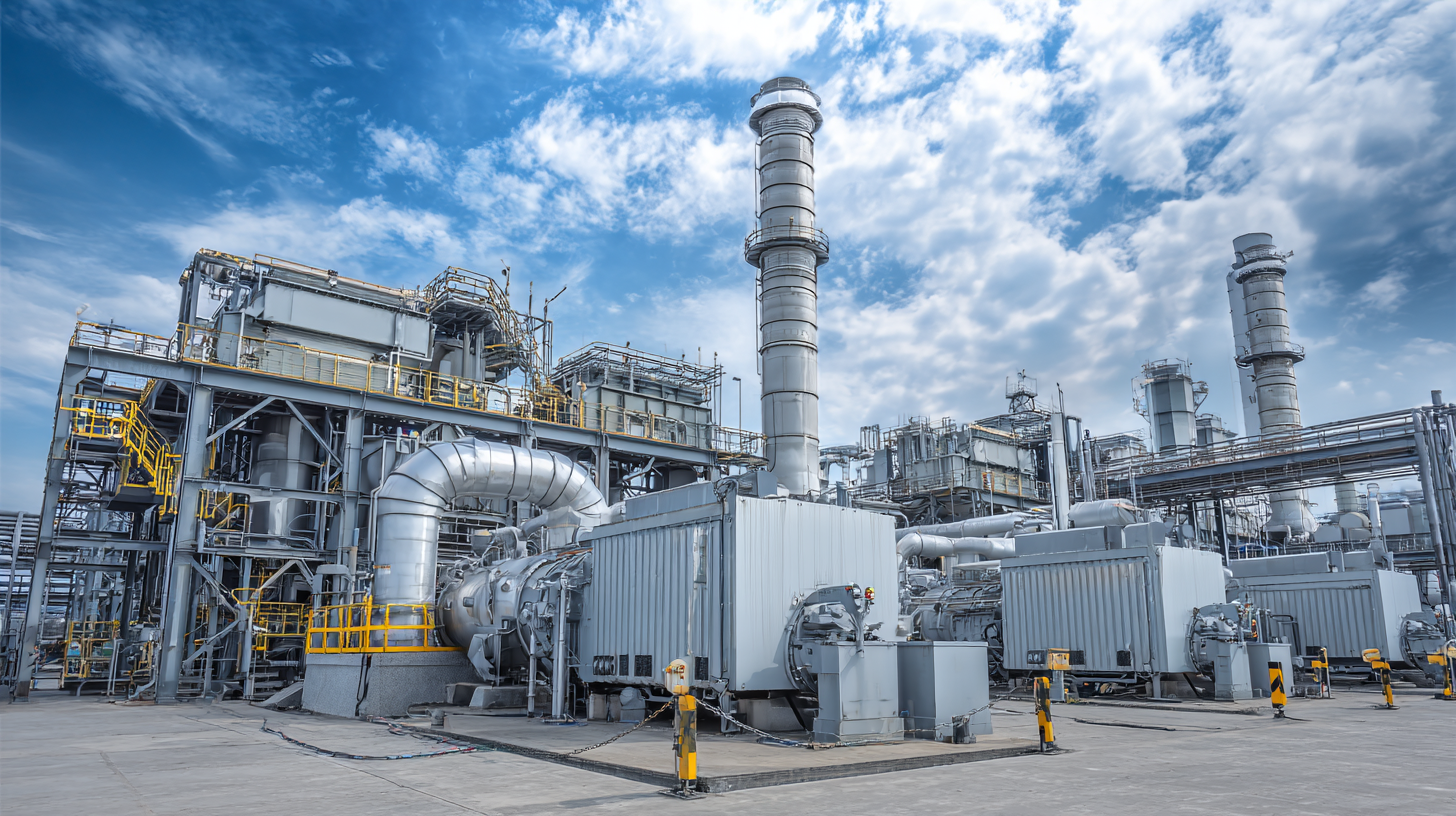
Innovative Technologies Reshaping Industrial Power Solutions
The landscape of industrial power solutions is undergoing a radical transformation, fueled by innovative technologies that promise to enhance efficiency and sustainability. Advanced energy storage systems, such as lithium-ion batteries and emerging solid-state technologies, are revolutionizing how industries harness and manage energy. These innovations enable companies to shift from traditional energy sources to greener alternatives, ensuring reduced emissions and optimized energy consumption.
Moreover, the integration of smart grid technologies and IoT-enabled devices is facilitating real-time monitoring and automation of industrial processes. These technologies not only enhance energy management but also improve reliability and reduce operational costs. By leveraging big data analytics, industries can make informed decisions that lead to smarter energy use and further drive sustainability initiatives.
Collectively, these advancements are reshaping industrial power solutions, paving the way for a future where sustainable growth and operational excellence coexist harmoniously.
The Role of Renewable Energy in Sustainable Industrial Growth
The industrial sector is undergoing a significant transformation as it embraces renewable energy solutions to drive sustainable growth. According to the International Energy Agency (IEA), renewable energy sources, such as solar and wind, could account for over 30% of global power generation by 2025. This shift is crucial, as industries are responsible for about 20% of global carbon emissions, and transitioning to greener energy sources is essential for mitigating climate change effects.
Incorporating renewable energy into industrial operations not only helps in reducing environmental footprints but also enhances operational efficiency. A report by McKinsey estimates that companies utilizing renewable energy could reduce energy costs by up to 25%, making them more competitive in the market. Furthermore, industries that invest in renewable technologies are projected to benefit from increased resilience against energy price volatility, as traditional fossil fuel markets continue to fluctuate. The future of industrial power solutions lies in strategically integrating renewable energy sources, driving both economic and environmental benefits.
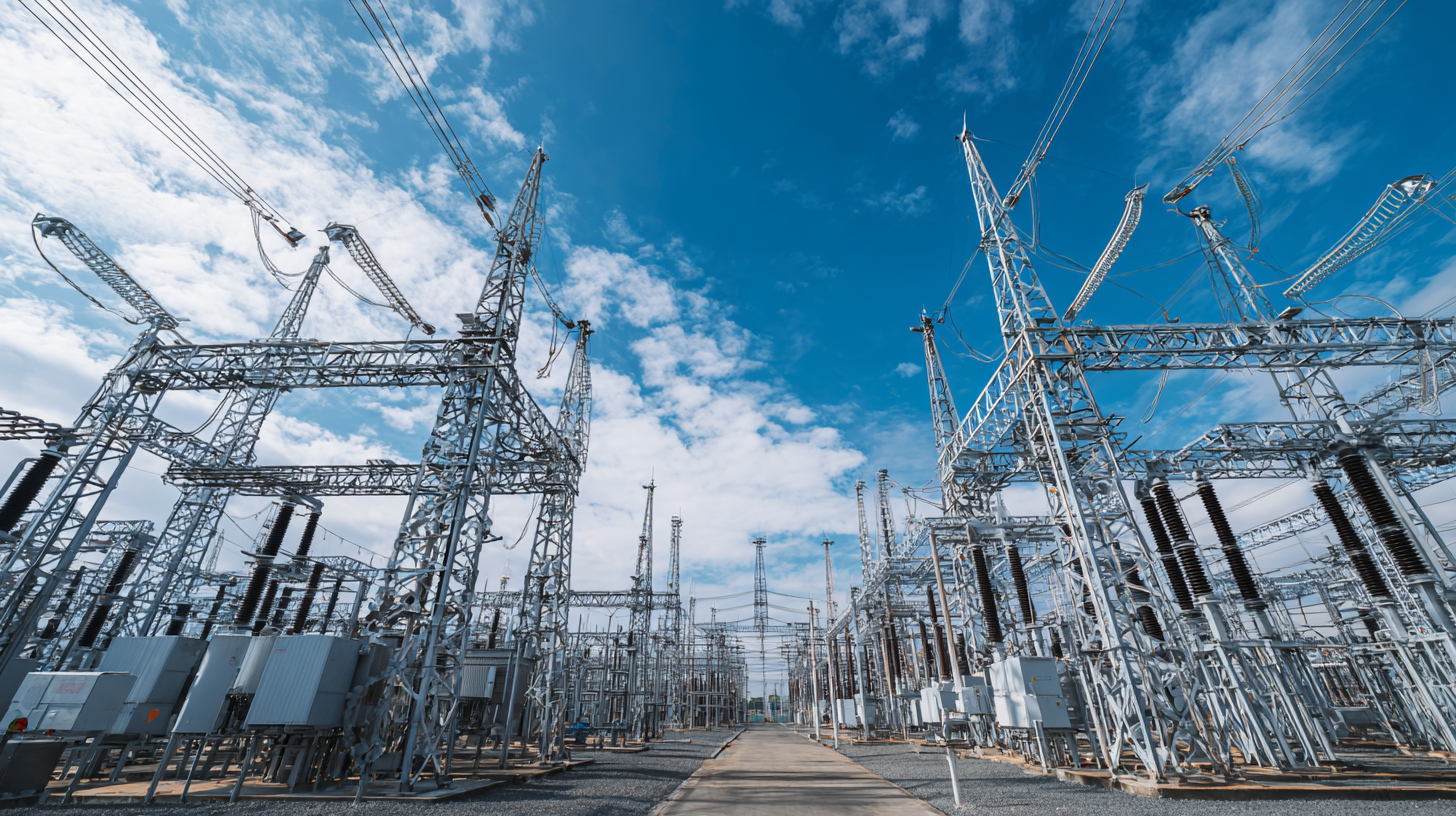
Integration of Smart Grids for Enhanced Energy Management
The integration of smart grids represents a pivotal advancement in energy management, fostering enhanced efficiency and sustainability within industrial power solutions. Smart grids leverage cutting-edge information technology to optimize the delivery, consumption, and monitoring of electricity. By enabling two-way communication between utilities and consumers, these systems facilitate real-time data analysis and informed decision-making, which is essential for adapting to fluctuating energy demands.
As the energy market continues to grow, with projections estimating the artificial intelligence-driven sector to reach $13.1644 billion in 2023 and expand at a compound annual growth rate of 17.18% through 2031, the role of smart grids becomes increasingly significant. Innovations such as vehicle-to-grid technologies exemplify the practical applications of smart grids, allowing electric vehicles to contribute surplus energy back to the grid during peak demand periods. This not only supports grid stability but also encourages the widespread adoption of electric mobility, advancing the overall transition towards sustainable energy practices.
Challenges and Opportunities in Transitioning to Sustainable Power Systems
The transition to sustainable power systems presents both significant challenges and formidable opportunities for industries worldwide. One of the primary challenges lies in the existing reliance on fossil fuels, which not only contributes to environmental degradation but also poses energy security risks. Transforming the industrial power landscape requires considerable investment in renewable energy technologies, infrastructure modernization, and the development of energy storage solutions. Additionally, industries must navigate regulatory frameworks and market dynamics that can sometimes impede the swift adoption of cleaner energy sources.
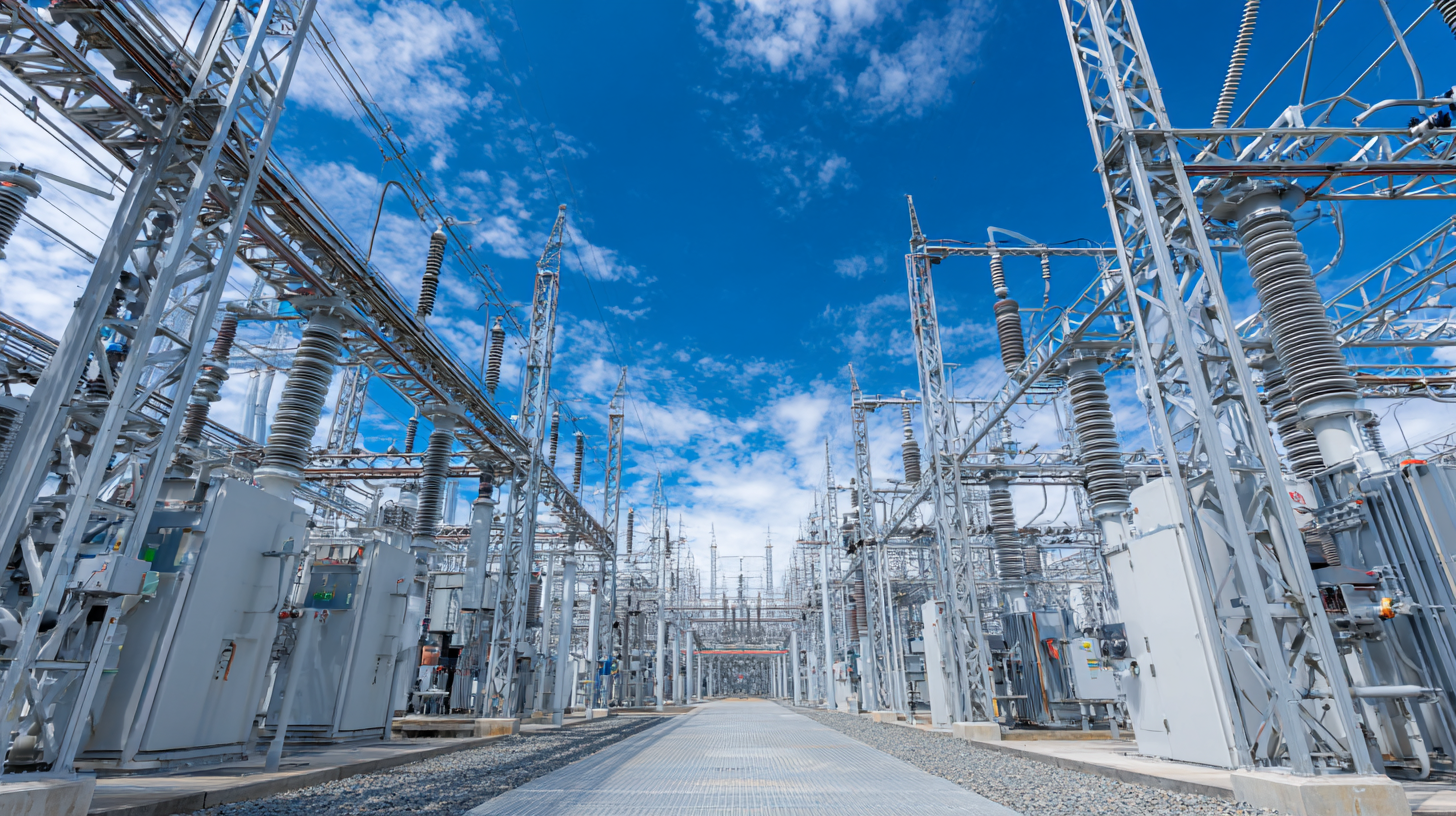
However, this transition is not merely a challenge but also an opportunity for innovation and economic growth. Businesses that invest in sustainable power solutions can gain a competitive edge in a marketplace increasingly driven by environmental responsibility and consumer preference for green products. The shift towards renewables also fosters the development of new jobs and industries, contributing to a more sustainable economy. By embracing this evolution, companies can not only mitigate risks associated with climate change but also unlock pathways to more resilient and profitable operations.
Future Trends in Industrial Energy Efficiency and Performance Optimization
The sensor market is poised for remarkable growth, driven by the increasing demand for energy efficiency and performance optimization across various industrial applications. As of 2023, the global sensor market is estimated to reach approximately $200 billion, with a projected compound annual growth rate (CAGR) of around 10% through 2026. This growth is primarily fueled by advancements in technology, including the adoption of IoT and smart sensors, which enhance operational efficiencies.
In particular, Hall effect sensors, resistive sensors, and current transformers are gaining traction. Hall effect sensors are widely used for precise current measurement, enabling optimized power management solutions. Meanwhile, resistive sensors are crucial for temperature and pressure sensing, contributing to enhanced energy efficiency in industrial processes. The market is segmented into open-loop and closed-loop systems; closed-loop sensors are often favored for their higher accuracy and performance reliability. As industries increasingly prioritize sustainability, the integration of advanced sensor technologies will be pivotal in unlocking future industrial power solutions and achieving sustainable growth.
Future Trends in Industrial Energy Efficiency and Performance Optimization
This chart illustrates the projected improvements in industrial energy efficiency across various sectors over the next five years. The data highlights the expected percentage gains in energy efficiency for manufacturing, logistics, and utilities, emphasizing the trend towards sustainable practices in industrial settings.
Related Posts
-

The Ultimate Guide to Selecting the Best Industrial Power Solutions for Global Buyers
-
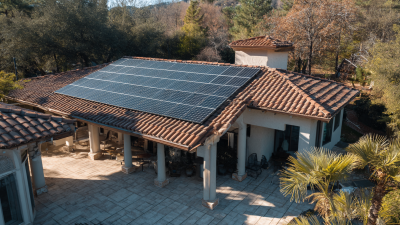
How to Maximize Energy Savings with a Home Solar Power System
-

Navigating the Future of Best Geothermal Heating in 2025 with Expert Tips
-

Unveiling the Best Solar Hybrid Specs and How to Maximize Its Performance
-
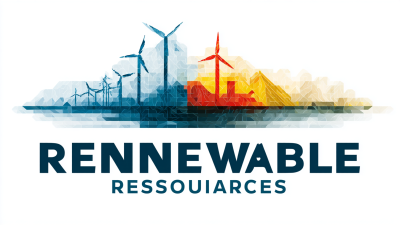
Navigating the Best Renewable Resources Market in 2025 Top Strategies and Insights for Global Buyers
-

Unmatched Quality from China's Premier Factory for the Best Residential Wind Turbines
